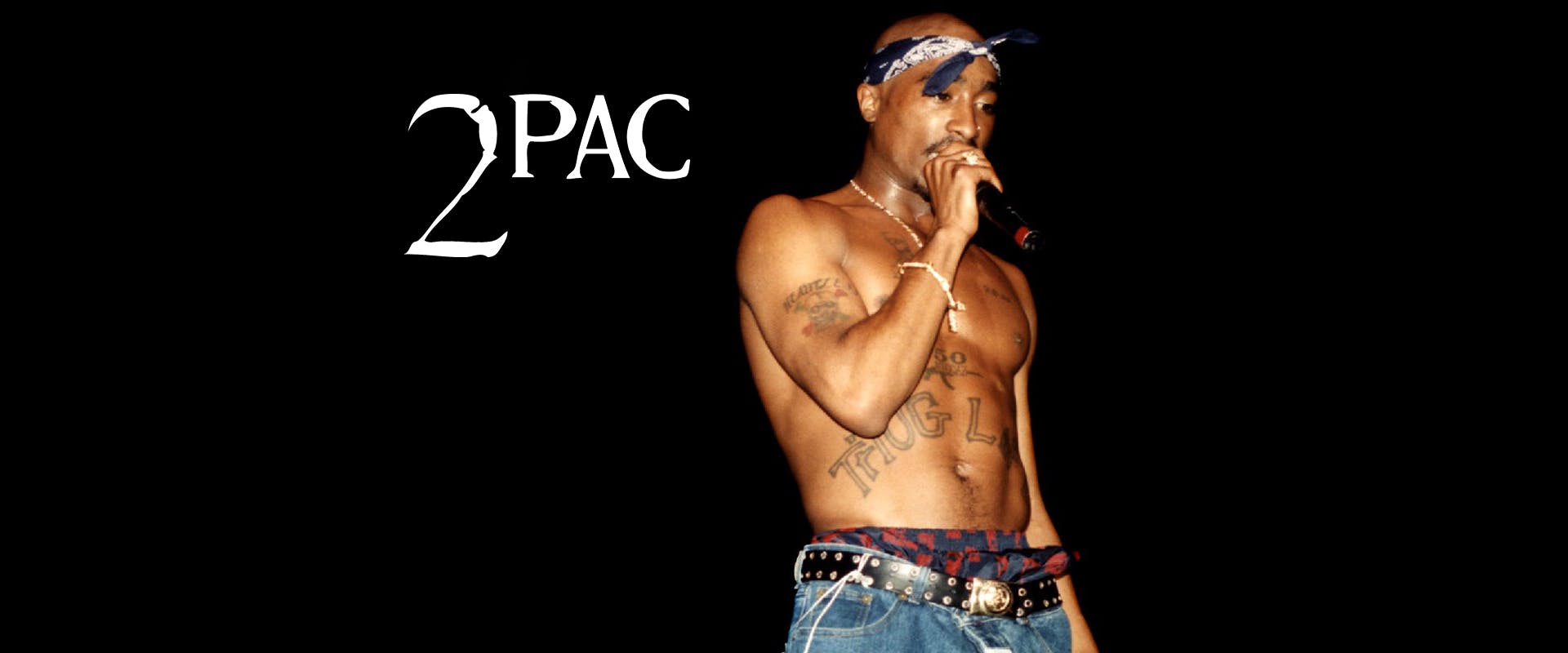
Tupac Shakur
Tupac Shakur
Published Tue, October 5, 2021 at 12:34 AM EDT
1995
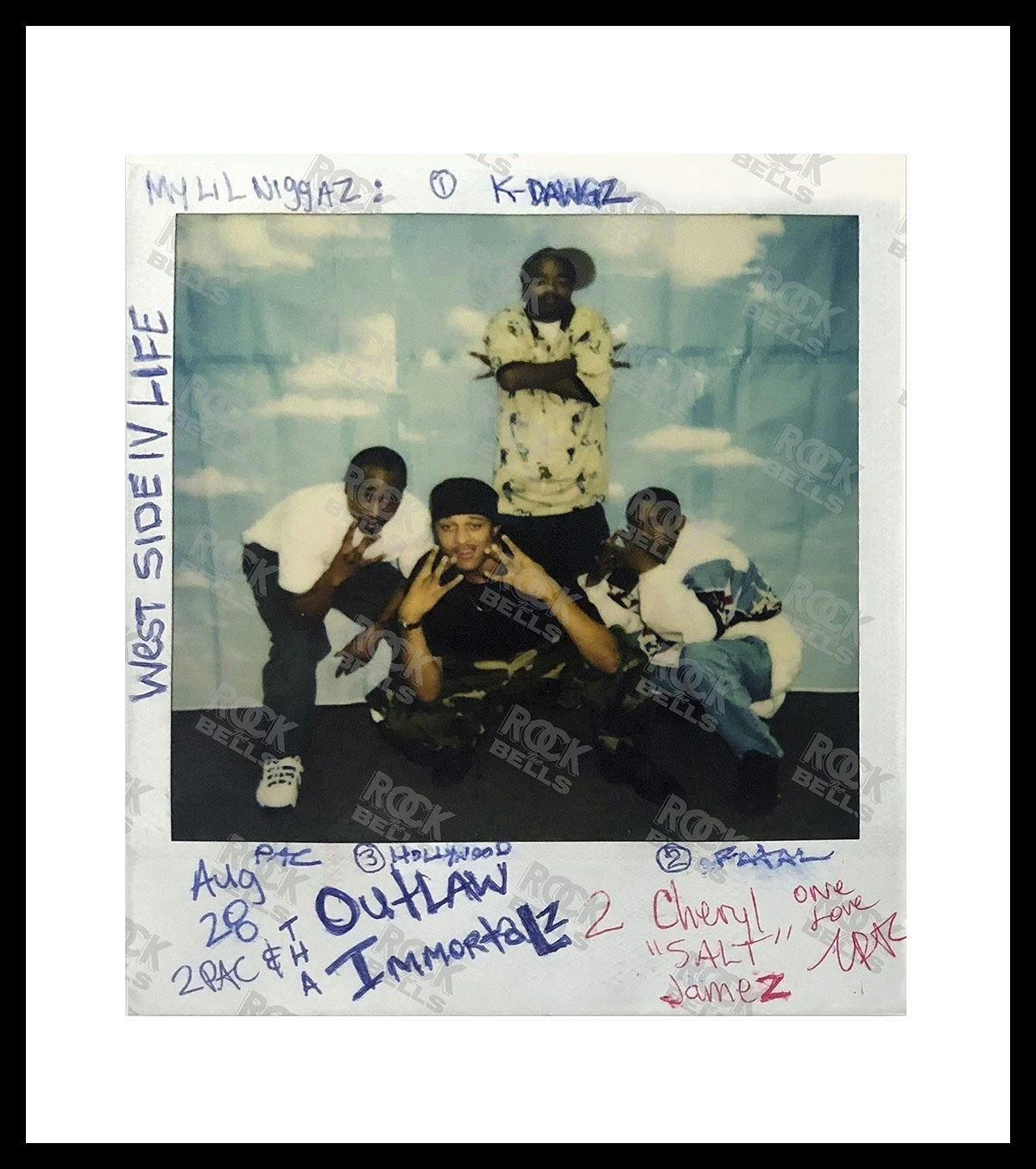
THE UNSEEN POEM
After Tupac Shakur was incarcerated, he began writing letters with Cheryl "Salt" James of Salt-N-Pepa. We're proud to showcase a never-before-seen poem that he shared with her called "4 What it'z Worth."
1994
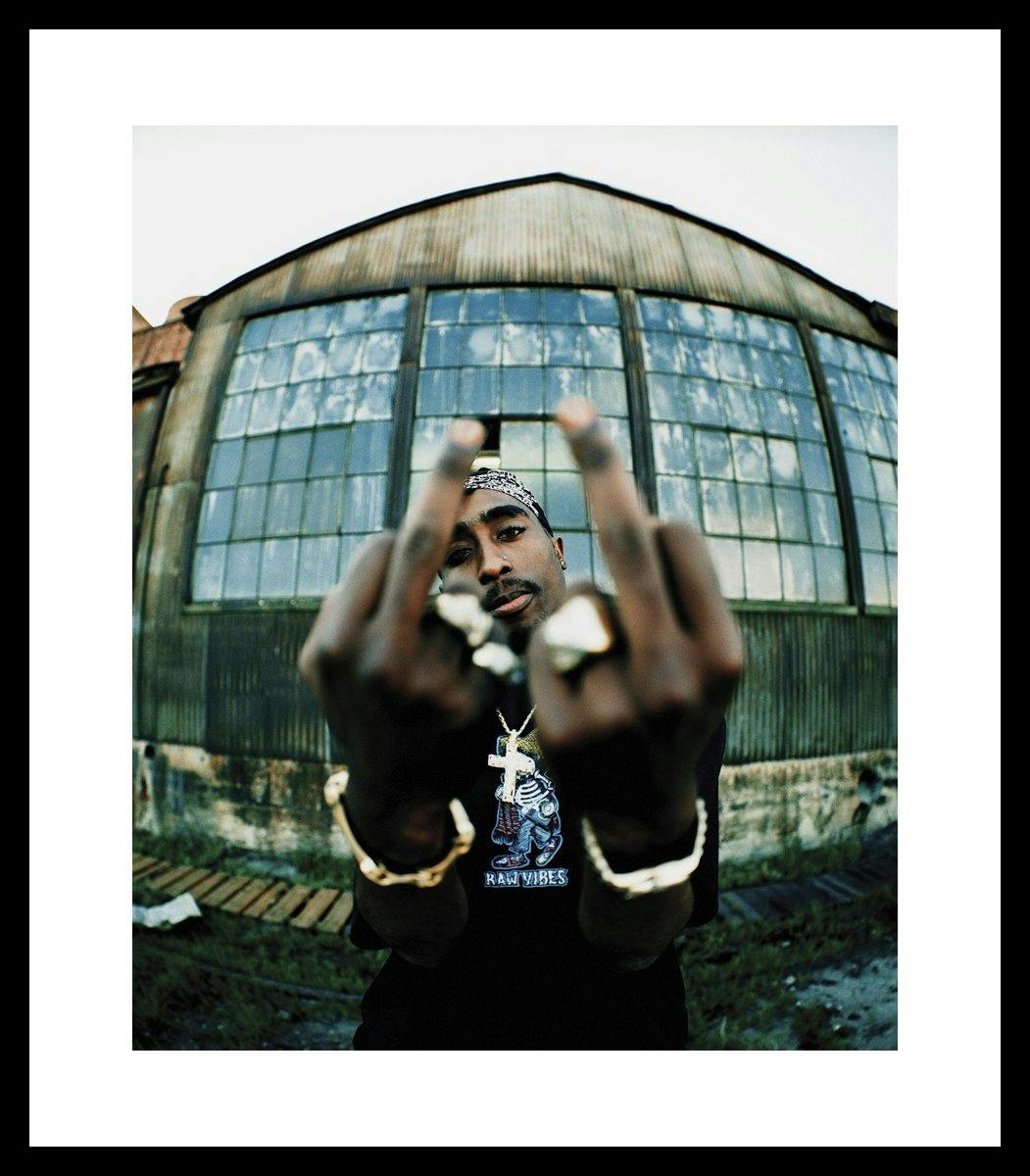
BEHIND THE PHOTO: MIKE MILLER’S LONG RELATIONSHIP WITH TUPAC SHAKUR
Photographer Mike Miller is a third-generation Angeleno. In a city full of transplants, he exudes the attributes for which the place has become known; hustle, creativity, and a desire to represent for others who call Los Angeles their lifelong home. This is his story shooting the legendary Tupac Shakur photo.
1991
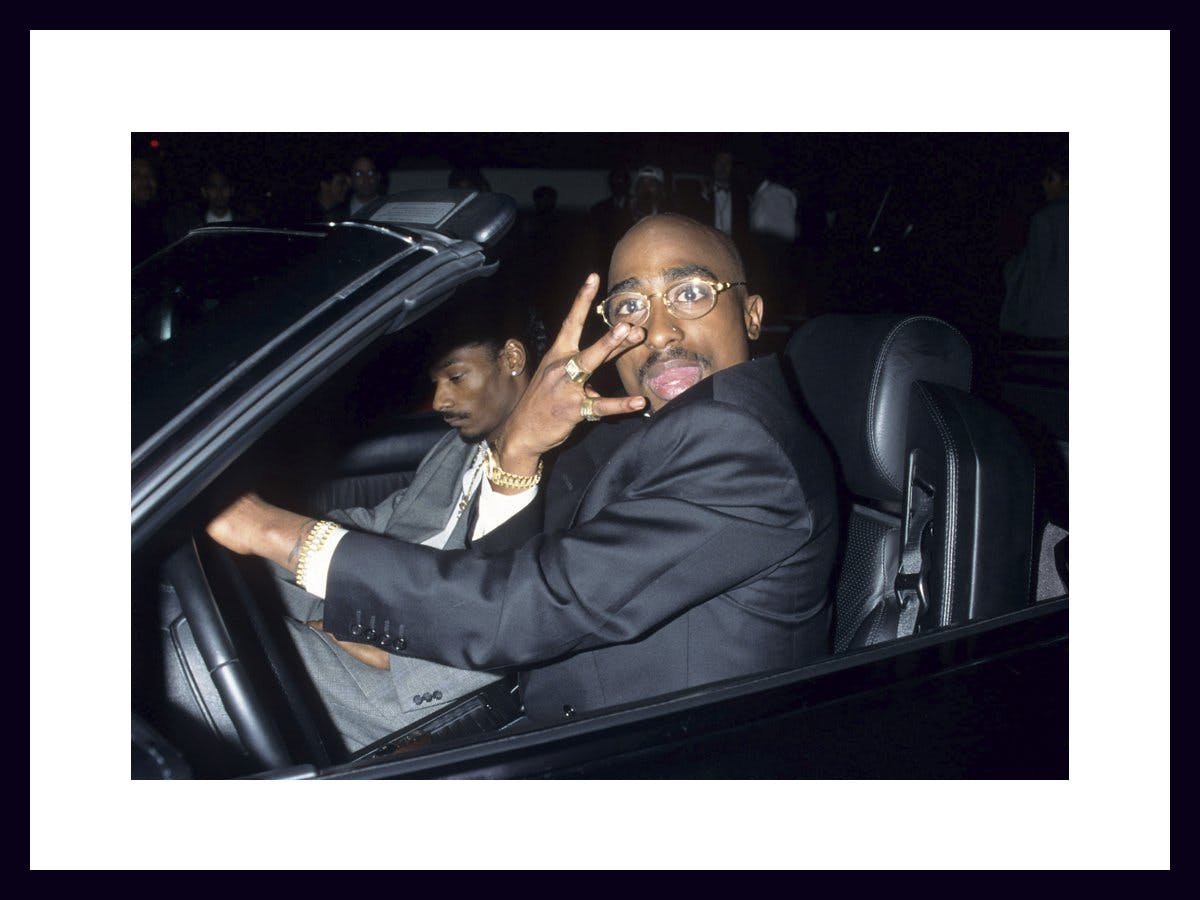
THE OAKLAND POLICE LAWSUIT, THE GANGSTA RAP DEFENSE, & CHOKEHOLDS
On October 17, 1991, 2Pac was crossing the street in downtown Oakland, California, when police officers Alexander Boyovich and Kevin Rodgers stopped him. This incident started a series of legal entanglements that not only jeopardized his own career, but of every other Hip-Hop artist as well.
1991
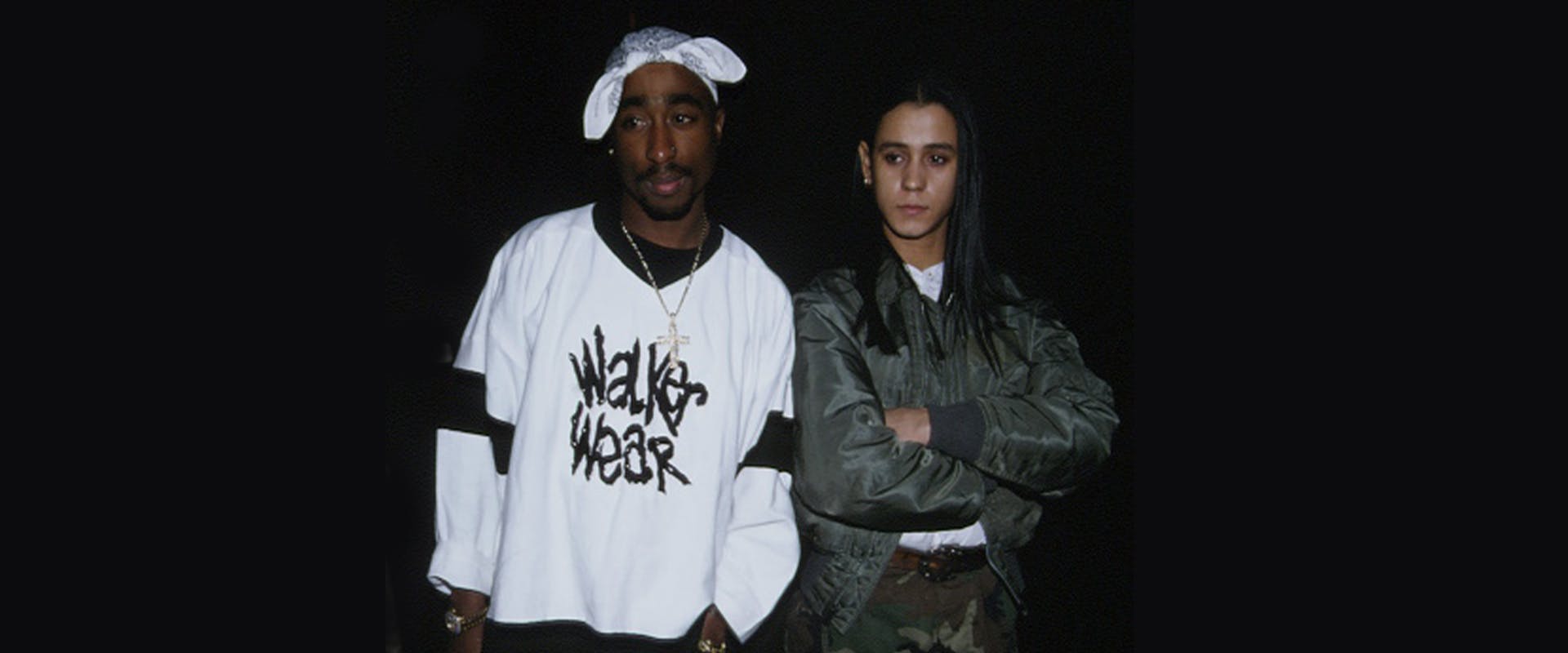
HOW TUPAC EMPOWERED BLACK DESIGNERS
Brands like Carl Jones and TJ Walker’s Cross Colours, Carl Williams’ Karl Kani, and April Walker’s Walker Wear signaled a new era of designs built around inclusion for minorities. Tupac Shakur was instrumental in promoting these Black run businesses. But for him, this wasn't a cash grab.
1971
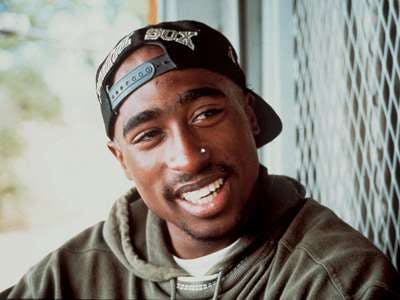
FROM HARLEM TO BALTIMORE: THE SHAKUR FAMILY’S ACTIVISM TIES
Tupac Shakur will forever be synonymous with West Coast Hip-Hop. Songs like “California Love,” and “To Live and Die in LA,” exist as visceral reminders of how he documented his life in the 1990s. Simmering beefs between Los Angeles’ Death Row Records and New York City’s Bad Boy Records only contributed to his reputation as the protector of the Golden State. However, Shakur’s East Coast roots —in Harlem and Baltimore specifically— reveal a side of his family’s history which greatly contributed to his Hip-Hop career moving forward.
1994

BEHIND THE PHOTO: MIKE MILLER’S LONG RELATIONSHIP WITH TUPAC SHAKUR
Photographer Mike Miller is a third-generation Angeleno. In a city full of transplants, he exudes the attributes for which the place has become known; hustle, creativity, and a desire to represent for others who call Los Angeles their lifelong home. This is his story shooting the legendary Tupac Shakur photo.
1991

HOW TUPAC EMPOWERED BLACK DESIGNERS
Brands like Carl Jones and TJ Walker’s Cross Colours, Carl Williams’ Karl Kani, and April Walker’s Walker Wear signaled a new era of designs built around inclusion for minorities. Tupac Shakur was instrumental in promoting these Black run businesses. But for him, this wasn't a cash grab.
1995

THE UNSEEN POEM
After Tupac Shakur was incarcerated, he began writing letters with Cheryl "Salt" James of Salt-N-Pepa. We're proud to showcase a never-before-seen poem that he shared with her called "4 What it'z Worth."
1991

THE OAKLAND POLICE LAWSUIT, THE GANGSTA RAP DEFENSE, & CHOKEHOLDS
On October 17, 1991, 2Pac was crossing the street in downtown Oakland, California, when police officers Alexander Boyovich and Kevin Rodgers stopped him. This incident started a series of legal entanglements that not only jeopardized his own career, but of every other Hip-Hop artist as well.
1971

FROM HARLEM TO BALTIMORE: THE SHAKUR FAMILY’S ACTIVISM TIES
Tupac Shakur will forever be synonymous with West Coast Hip-Hop. Songs like “California Love,” and “To Live and Die in LA,” exist as visceral reminders of how he documented his life in the 1990s. Simmering beefs between Los Angeles’ Death Row Records and New York City’s Bad Boy Records only contributed to his reputation as the protector of the Golden State. However, Shakur’s East Coast roots —in Harlem and Baltimore specifically— reveal a side of his family’s history which greatly contributed to his Hip-Hop career moving forward.




